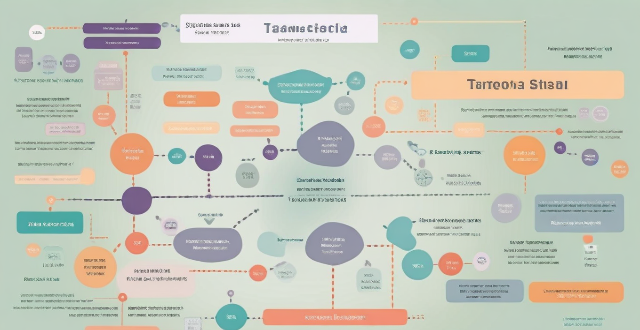Using data analytics can greatly inform school policy decisions and resource allocation. By analyzing data, schools can identify areas for improvement, personalize learning experiences, evaluate teacher performance, allocate resources effectively, and enhance student support services. This approach leads to improved student outcomes, teaching quality, and resource use.

Using Data Analytics to Inform School Policy Decisions and Resource Allocation
Data analytics can play a crucial role in informing school policy decisions and resource allocation. By analyzing data, schools can gain insights into various aspects of their operations and make informed decisions that improve student outcomes, enhance teaching quality, and optimize resource use. Here's how:
1. Identify Areas for Improvement
Data analytics can help identify areas where schools need to improve. For example:
- Student Performance: Analyzing test scores and grades can reveal which subjects or topics students struggle with the most.
- Attendance: Tracking attendance rates can highlight which classes or time periods have higher absence rates.
- Behavioral Issues: Examining disciplinary records can pinpoint specific issues or trends in student behavior.
2. Personalize Learning Experiences
Data analytics can also help personalize learning experiences for individual students. By analyzing student performance data, teachers can:
- Identify Learning Styles: Determine which teaching methods work best for different types of learners.
- Adapt Teaching Strategies: Modify instruction based on student progress and needs.
- Provide Feedback: Offer targeted feedback to help students improve in specific areas.
3. Evaluate Teacher Performance
Data analytics can be used to evaluate teacher performance objectively. By analyzing metrics such as:
- Student Achievement: Measure student progress under each teacher's guidance.
- Classroom Management: Assess how effectively teachers manage their classrooms.
- Professional Development: Track teacher participation in training programs and its impact on teaching quality.
4. Allocate Resources Effectively
Data analytics can guide resource allocation decisions by providing insights into:
- Budget Allocation: Determine which programs or initiatives are most effective based on return on investment (ROI).
- Staffing Needs: Identify areas where additional staff may be required, such as special education support or counseling services.
- Facilities Management: Optimize facility usage by analyzing utilization rates and maintenance costs.
5. Enhance Student Support Services
Data analytics can help enhance student support services by identifying at-risk students early on. By analyzing data related to:
- Socioeconomic Status: Recognize students who may face financial barriers to academic success.
- Mental Health: Detect signs of mental health issues among students through surveys and assessments.
- Academic Progress: Monitor student progress closely to intervene when necessary.
In conclusion, data analytics plays a vital role in informing school policy decisions and resource allocation. By leveraging data analytics tools and techniques, schools can make more informed decisions that lead to improved student outcomes, enhanced teaching quality, and optimized resource use.